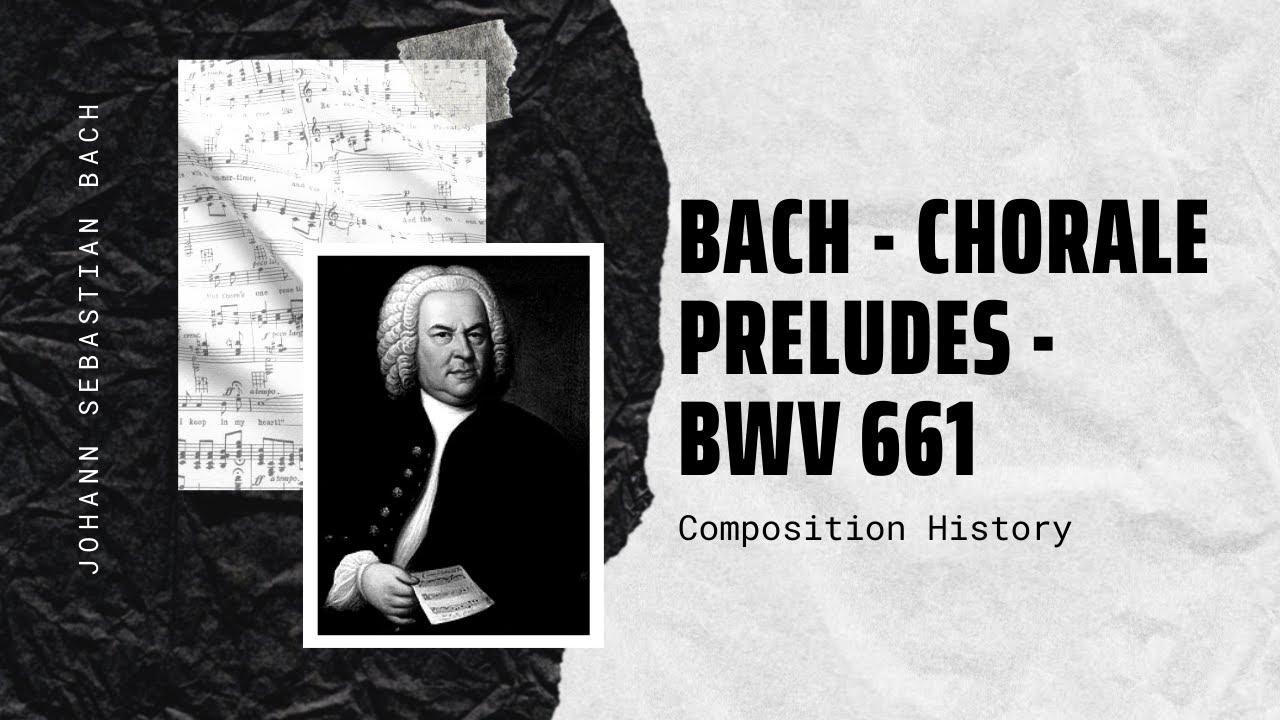
Mendelssohn Biography – Music | History
Mendelssohn Biography – Music Collection – Music | History German Romantic composer, pianist and conductor Felix Mendelssohn wrote Overture to a Midsummer Night’s Dream and founded[…]
Liszt Biography – Music | History
Liszt Biography – Music Collection – Music | History Franz Liszt was a Hungarian pianist and composer of enormous influence and originality. He was renowned in[…]

Chopin – Etude Op. 25 No. 4 – Music | History
Chopin – Etude Op. 25 No. 4 – Music | History The Études by Frédéric Chopin are three sets of études (solo studies) for the piano[…]

Bach – Chorale Preludes BWV 662. Allein Gott in der Hoh’ Sei Ehr – Music | History
Bach – Chorale Preludes BWV 662. Allein Gott in der Hoh’ Sei Ehr – Music | History The Great Eighteen Chorale Preludes, BWV 651–668, are a[…]

Brahms – Violin Sonata No. 3 – Op. 108 – Adagio – Music | History
Brahms – Violin Sonata No. 3 – Op. 108 – Adagio – Music | History Johannes Brahms’s Violin Sonata No. 3 in D minor, Op. 108[…]

Chopin – Etude Op. 25 No. 3 – Music | History
Chopin – Etude Op. 25 No. 3 – Music | History The Études by Frédéric Chopin are three sets of études (solo studies) for the piano[…]

Bach – Chorale Preludes – BWV 659. Nun Komm Der – Music | History
Bach – Chorale Preludes – BWV 659. Nun Komm Der – Music | History The Great Eighteen Chorale Preludes, BWV 651–668, are a set of chorale[…]

Bach – Chorale Preludes – BWV 661. Nun Komm Der – Music | History
Bach – 18 Chorale Preludes – BWV 661. Nun Komm Der – Music | History The Great Eighteen Chorale Preludes, BWV 651–668, are a set of[…]

Chopin – Etude Op. 25 No. 2 in F minor – ‘The Bees’- Music | History
Chopin – Etude Op. 25 No. 2 in F minor – ‘The Bees’- Music | History The Études by Frédéric Chopin are three sets of études[…]

Brahms – Symphony No. 1 in C Minor Op. 68 – Music | History
Brahms – Symphony No. 1 in C Minor Op. 68 – Music | History Symphony No. 1 in C minor, Op. 68, is a symphony written[…]